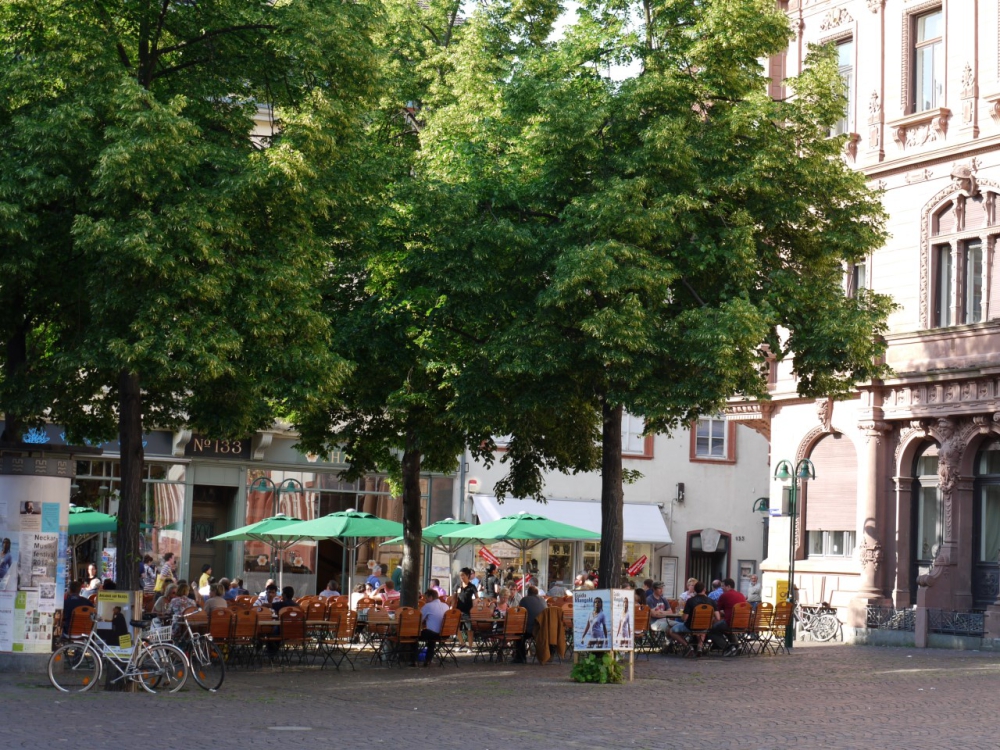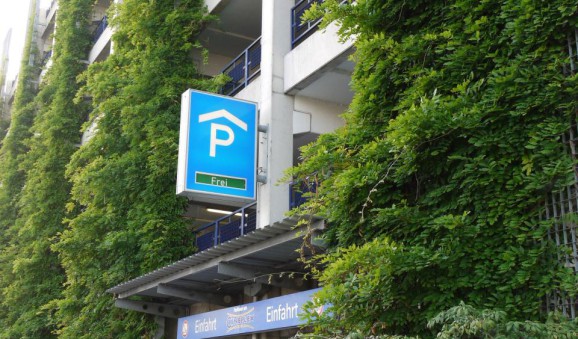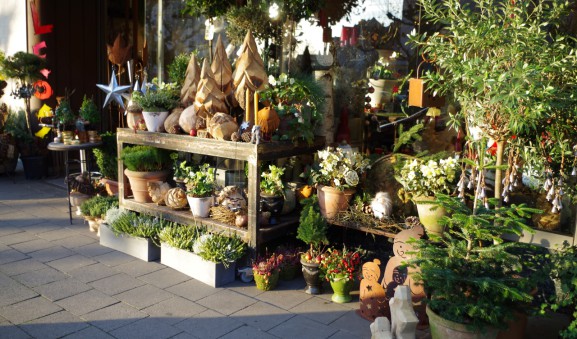Nursery stock sector in Germany - a strong community

Germany has managed to make "Made in Germany" a byword for quality and was long regarded as the "export world champion". Germany's most important trading partners are China and the USA, followed by the Netherlands. A look at some figures from the Federal Statistical Office from 3 November 2023 on German foreign trade is sobering.
The statistics show declining export and import values for goods in the flower trade and for plants: Exports (in euros) fell by 10.2 per cent for the months from January to September 2023 - compared to 2022. Imports fell by 6.6 per cent in the same period.
Consumer climate has deteriorated
Other figures from the Federal Statistical Office as of November 2023 are also worrying. High inflation has led to a loss of purchasing power and Germans are consuming less. Gross domestic product (GDP) has fallen again compared to the previous quarter. Consumer spending, which accounts for a large proportion of GDP, is 0.3 per cent lower than in the second quarter of 2023. According to the Association for Consumption Research (GfK), the consumer climate in Germany is at its lowest level for 15 years.
Following the ruling of the Federal Constitutional Court on 15 November 2023, a budget freeze has now been added to this. As a result, funds totalling 60 billion euros that the government had budgeted for are not available for climate protection projects. Several ministries are missing billions that were planned for measures in the agricultural and environmental sectors. The situation is uncertain for many projects that are currently being planned - at least for the time being, as it is not yet clear where the missing funds will come from.
Borrowing, tax increases or savings are among the options being discussed. Depending on the decision, the consumer climate in Germany would then deteriorate further. Some financial and economic experts are in favour of borrowing because the advantages of investing in the country's future viability could outweigh the disadvantages. Kristalina Georgieva, the head of the International Monetary Fund (IMF), said in an interview with Handelsblatt: "To ensure growth, Germany must invest in its infrastructure, the green restructuring of the economy and the skills of its population."
Photo 3321 caption: Conifers, Erica and other evergreens for balconies, terraces and small city gardens are often offered at weekly markets.
Trees of the future
Many of the crises were unforeseeable. However, the situation is different when it comes to climate change. The issue has been on many people's minds for a long time. In addition, the past few years with exceptionally high temperatures and long periods of drought were a wake-up call.
With a view to climate change, experts in Germany sighted trees and shrubs at various locations at an early stage. In close cooperation with tree nurseries, local authorities and research institutions, "trees of the future" were sought that are particularly well able to cope with climate stress.
In cities, some consequences of climate change are more noticeable than in the surrounding countryside due to building development and sealing. Densely built-up areas can heat up considerably more. Trees that are suitable for their location contribute to more pleasant and healthier temperatures: Differences of 15 to 20 degrees are possible between asphalted surfaces in scorching sun and shaded green areas, explained Dieter Fuchs in an interview with Deutsche Welle.
Fuchs is head of the Urban Greenery division at the City of Bonn and, since 2021, has also been head of the Urban Trees working group at the Garden Office Managers' Conference (GALK). Together with the BdB (Association of German Tree Nurseries), GALK has produced the brochure Zukunftsbäume für die Stadt (Future Trees for the City). It presents 65 tried and tested species and varieties that have proven to be particularly resilient in urban areas over a long period of time. The trend towards planting more urban and street trees is now leading to supply bottlenecks for some tree species and varieties.
Poto 1400744 caption: This square in Heidelberg would be far less beautiful and inviting without large trees.
Many professional organisations and initiatives
The co-operation of many players in German horticulture is bearing fruit in different ways. Professional associations such as the BdB support businesses by representing their concerns to politicians, informing the public about the achievements of German horticulture and developing initiatives to counteract the shortage of skilled labour.
Other organisations are also working to raise awareness of the value of plants and gardens. The BGL (Bundesverband Garten-, Landschafts- und Sportplatzbau e.V.), for example, represents the interests of people who work in horticulture and landscaping. It also supports them with its intensive and varied public relations work. This includes the "Save the front garden" initiative. It was launched in 2017 as a counter-movement to the increasingly bare front gardens covered in gravel. Among other things, the association's campaign offers arguments and suggestions for more attractive, biodiverse and environmentally friendly front gardens.
Products from the nursery stock sector can also play an important role on roofs, walls or in courtyards. The BuGG (Bundesverband Gebäudegrün e. V.) represents the interests of companies and organisations involved in the greening of buildings. As a trade association, it also provides information and advice on topics such as roof, façade and interior greening. The BuGG also promotes dialogue, networking and the exchange of knowledge. For example, it organises a campaign week every year: As part of this image and information campaign, guided tours, exhibitions, lectures and many other activities are organised around the topics of green buildings and unsealing.
Photo 1140545 caption: A multi-storey car park with climbing plants in Münster.
Good foundations and difficult framework conditions
The German nursery stock sector can look back on a long history. In northern Germany - near Oldenburg and north of Hamburg - two large nursery stock areas have developed with a wide variety of products and different specialisations. The large number of companies in the Ammerland nursery stock region and in the nursery stock region around Pinneberg makes it easier to complete orders quickly and easily with goods from other companies.
High quality standards, as laid down in the quality regulations, and extensive expertise facilitate the trade in trees, shrubs and other tree nursery products, even beyond Germany's borders. The international network, the central location in Europe and the good reputation of "Made in Germany" for woody plants are also an advantage: according to the BdB, more than 20 per cent of the sales volume is normally generated abroad.
However, the crises of recent years have caused markets to collapse, financial burdens are increasing and uncertainty is growing instead of reliable framework conditions. High energy costs, a shortage of skilled labour and bureaucratic obstacles are making work even more difficult.
All pictures: Anke Bührmann Presse

